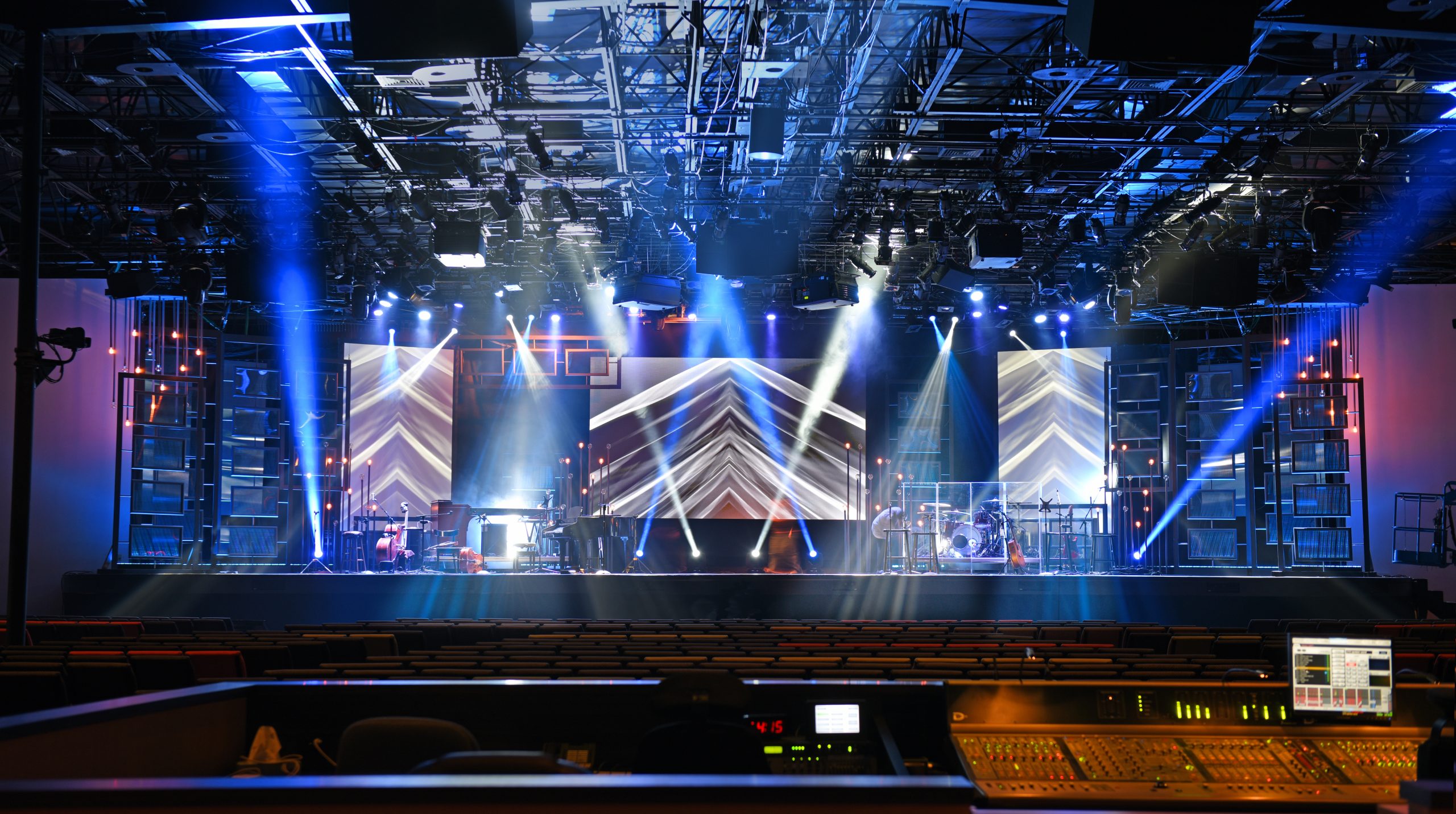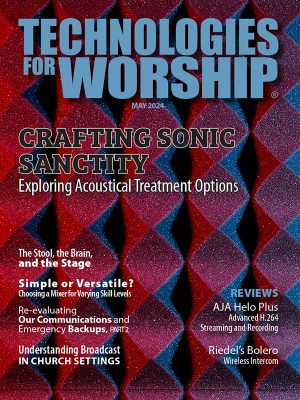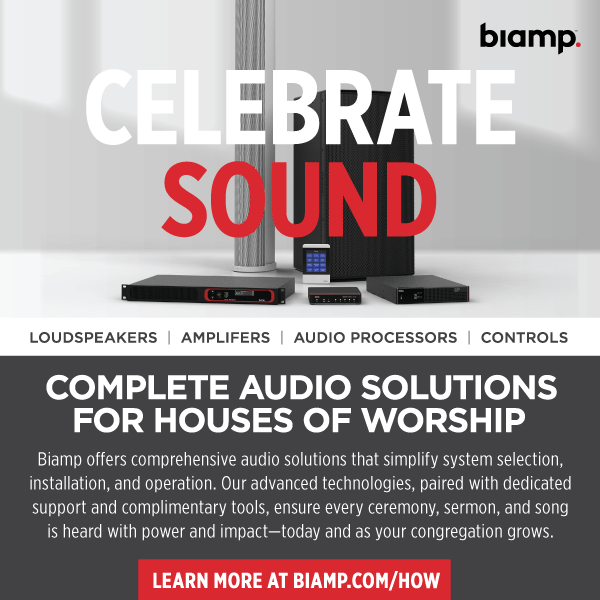
Lighting plays a pivotal role in creating a conducive and engaging environment for congregants. Beyond mere illumination, a well-lit stage in worship serves multiple purposes, from enhancing the spiritual atmosphere to emphasizing key elements of the service.
Mood and Ambiance
The foundation of any well-lit stage begins with ambient lighting. This provides overall illumination across the stage area, ensuring visibility without harsh shadows or glaring lights. Soft, diffused ambient lighting helps create a welcoming and comfortable atmosphere, setting the stage for the worship experience.
The color temperature of lighting plays a crucial role in setting the mood and ambiance. For worship settings, warmer color temperatures (ranging from 2700K to 3000K) are often preferred as they evoke a sense of warmth, intimacy, and serenity. Cooler temperatures can be used selectively for dramatic moments or to highlight specific elements.
Accent lighting is used to draw attention to specific focal points or elements on the stage. This can include highlighting the pulpit, altar, cross, musical instruments, or other visual elements that hold significance in the worship service. Carefully positioned accent lighting adds depth and visual interest to the stage, guiding the congregation’s focus.
A well-equipped lighting setup in a worship setting includes dimming capabilities. This allows for dynamic control over light intensity, enabling smooth transitions between different parts of the service. Dimming also contributes to creating a more intimate atmosphere during quieter moments such as prayers or reflective segments.
Orchestrate Seamless Lighting Transitions
Modern worship spaces often integrate sophisticated lighting control systems. These systems offer flexibility in programming and executing lighting cues, presets, and sequences tailored to various parts of the service. With intuitive interfaces, lighting operators can orchestrate lighting effects seamlessly, enhancing the overall worship experience.
Beyond static lighting, dynamic lighting effects can add a layer of creativity and impact to worship services. This includes color changes, gradual fades, gentle movements, and synchronized lighting sequences that align with the music or spoken word. Dynamic lighting engages worshippers visually, amplifying the emotional and spiritual resonance of the service.
To ensure balanced and even illumination across the stage, stage wash and fill lighting are essential. These lighting fixtures are strategically positioned to eliminate shadows and create a well-lit environment for performers, speakers, and musicians. Proper stage wash and fill lighting contribute to a professional and polished presentation.
Light for Video Production
In contemporary worship settings that incorporate video production, lighting considerations extend to optimizing visuals for camera capture. This includes avoiding flicker, adjusting lighting levels for optimal exposure, and ensuring that on-screen elements are well-lit and visually appealing for online or recorded broadcasts.
With a growing emphasis on sustainability, energy-efficient lighting solutions are gaining prominence in worship spaces. LED lighting fixtures offer both energy savings and versatility, allowing for precise control over color, intensity, and effects while reducing environmental impact and operational costs.
Achieving a well-lit stage requires a collaborative approach involving your lighting, audio and technical teams, and your worship leaders. By aligning artistic vision with technical expertise, a cohesive lighting design can be developed that enhances the worship experience and supports the spiritual message being conveyed.
Multi-Sensory Worship Experiences
Beyond visual impact, well-designed lighting in worship spaces contributes to multi-sensory experiences. Combined with music, visuals, and other sensory elements, lighting enhances the emotional and spiritual engagement of worshippers, fostering a deeper connection with the worship service’s message and themes.
Investing in training and education for lighting teams is crucial for maintaining a high standard of excellence in worship lighting. From understanding lighting principles to mastering control systems, ongoing education empowers teams to unleash their creativity and technical skills, elevating the overall quality of worship experiences.
Tailoring Lighting to Congregational Needs
Every worship community is unique, with its own cultural, architectural, and congregational dynamics. Tailoring lighting designs to align with these factors ensures that the worship experience resonates authentically with congregants, fostering a sense of belonging and connection within the faith community.
In conclusion, the elements of a well-lit stage in worship encompass not only technical aspects of lighting design but also artistic considerations, technological innovations, and cultural adaptations. By leveraging lighting technology, creativity, collaborative expertise, and a deep understanding of congregational needs, worship spaces can create immersive and transformative experiences that inspire, uplift, and connect worshippers.
Lastly, a well-designed lighting setup should be adaptable and flexible to accommodate various types of worship services, events, and productions. This includes the ability to adjust lighting configurations, presets, and effects based on the theme, tone, and dynamics of each service, ensuring a tailored and impactful visual experience.
Advancements in lighting technology continue to revolutionize worship spaces. From LED fixtures with customizable color options to intelligent lighting systems that respond to live performances, technology empowers worship teams to create immersive and memorable experiences for congregants.





